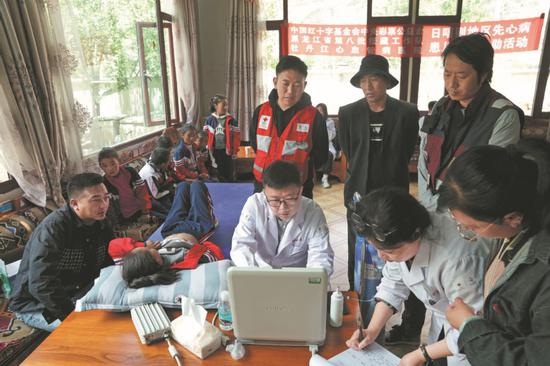
Doctors from a hospital in Mudanjiang, Heilongjiang province screen children for congenital heart disease on June 27 in Khangmar county, Xizang autonomous region. (SU DAN/CHINA NEWS SERVICE)
Fifteen years after returning from the Xizang Autonomous Region, endocrinologist Li Naishi is still devoted to the treatment and prevention of diabetes in the region.
Li helped establish the endocrinology department at the Xizang Autonomous Region People's Hospital in Lhasa, the best medical facility in Xizang, where he trained local doctors to deal with common endocrine diseases. Li also helped spread awareness about diabetes among the public.
He is one of thousands of experts who have brought change to the region over the past three decades, as participants in a national program to aid Xizang.
Li, from Peking Union Medical College Hospital in Beijing, volunteered to work at the hospital in Lhasa from June to September 2009 as a member of a visiting medical team.
At the time, knowledge about diabetes among the local population was low, despite the incidence of the disease rising due to rapid economic development and traditional dietary habits, he said.
"Their diet is unique, with very high-calorie content in food such as highland barley and butter tea. Besides, they went from everyone not eating enough to having enough food thanks to improved transportation due to the Qinghai-Xizang Railway."
There were a lot of overweight people and diabetics. However, many were unaware they had had diabetes for years, and did not seek medical help until they felt sick.
At that time, the hospital didn't have an endocrinology department.
Li was responsible for the hospital's diabetes patients, some of whom were very young.
"Diabetes can lead to severe chronic complications such as retinal detachment and blindness. It affects the kidneys, causing renal failure. Diabetes cannot be cured. Without proper control and a change of lifestyle, complications can arise within a decade," he said.
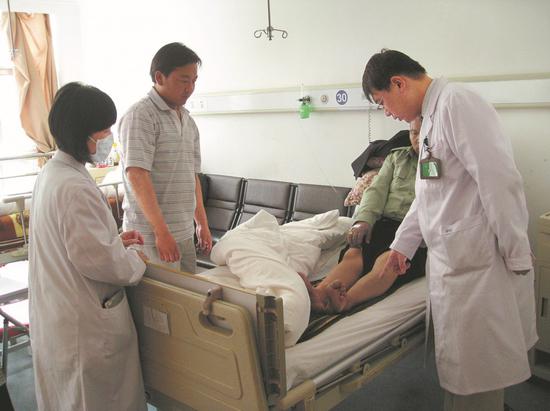
Visiting doctor Li Naishi examines a diabetes patient in Xizang. CHINA DAILY
Culture and cures
Dietary habits were a problem Li had to address to treat diabetes. People in Xizang have been eating highland barley and drinking butter tea all their lives, a practice that is part of their culture. Li recalled one patient aged about 40 who didn't believe that diabetes had anything to do with consuming butter tea.
Li had introduced the continuous glucose monitoring system to the hospital, which was considered high-tech at the time. The first day he asked the patient to drink butter tea before testing the patient's blood sugar level. The second day the patient drank soybean milk and was tested again.
After seeing the drastic difference in blood sugar levels, the patient began to take Li's advice.
"That patient is from the Han ethnic group," Li said.
"For Tibetans, a change of diet can be more difficult. I don't want to disrespect their custom, so through the years endocrinologists in Lhasa and I have been trying to find a way to help Tibetan diabetes patients accept a dietary plan that can prevent a rapid increase in blood glucose levels while also taking into account their lifestyle habits."
The hospital's endocrinology department opened in 2011 and started its own ward in 2023.
Now Li revisits the hospital about once a year to help with medical research. He shares his medical knowledge with local doctors.
Li is also guiding local doctors to write a popular science book about diabetes in the Tibetan language, which aims to help spread awareness about the disease. He hopes the hospital can be an example for other medical institutions in the region to improve the overall management of endocrine diseases.
Despite all his medical achievements in Xizang, Li said what impressed him most during his stay was when a patient who couldn't speak Mandarin quickly found a stranger on the street to help him translate.
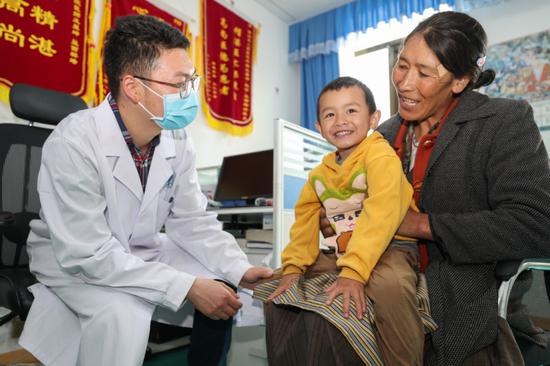
Peng Hongjun, a doctor in the medical team sent to aid Xizang, checks a child in Lhokha on Aug 9. YANG DONG/FOR CHINA DAILY
Personal connections
Under the Xizang aid program, about 2,000 doctors from 17 provinces and municipalities have brought advanced equipment, medical skills and health management methods to the region since 2015, said Guo Luo, deputy director of the Xizang Health Commission.
The outpatient volume of hospitals is double what it was before 2015, with the success rate of treating critically ill patients close to 90 percent.
The average life expectancy in the region has reached a historical high of 72.19 years old, Guo said.
Doctors from top hospitals across the nation have been sent to the Xizang Autonomous Region People's Hospital, as well as people's hospitals in all other cities and Ngari prefecture, and 13 major hospitals in the region's counties.
Like Li, Zhao Huiying from the department of critical care medicine at Peking University People's Hospital in Beijing, is one of the doctors to take part in the Xizang aid project.
Zhao was also sent to the Xizang Autonomous Region People's Hospital. From 2021 to 2022, she spent 14 months working in the intensive care unit, which receives 800 to 1,000 patients annually.
Cases of hypertension, cerebral hemorrhages and septic shock are more common in plateau areas as people's blood viscosity tends to be higher, she said.
Zhao remembers one patient who had an infection that started in the mouth and gradually spread to the neck, chest and brain. She has also treated patients with pulmonary edemas caused by altitude sickness.
Zhao said she was touched when her co-workers donated blood to a father and son who survived a car accident.
"Tibetan residents are simple and kindhearted, showing great trust and sincerity toward doctors. The doctors are also attentive to their patients," she said.
"When they offered me a hada, a traditional Tibetan silk scarf symbolizing purity and auspiciousness, to show gratitude, I also felt touched."
As most people in Xizang are Buddhists, they don't fear death and believe they will move on to another life. However, Zhao still felt sad when a parent stopped treatment of a young daughter with multiple organ failure.
Over the years, Zhao has seen local doctors' clinical skills improve, along with their awareness of disease prevention. People have also become more willing to see a doctor when they are sick.
She still participates in an offline medical conference once a year in Xizang. "I hope local doctors can learn to understand complex surgeries, and the demand for medical help from outside Xizang can be reduced," she said.
Thanks to the Xizang aid program, numerous patients with rare diseases have been cured. Some hospitals from outside Xiang have invited patients to their cities for better surgery free of charge.
Treating youngsters
Lobsang, 13, and 12-year-old Tsomo from Chamdo in Xizang celebrated their birthdays together on June 16 at the Teda International Cardiovascular Hospital in Tianjin.
Lobsang had undergone successful surgery for his patent ductus arteriosus, a congenital heart condition, and the medical team had arranged gifts and a birthday cake for him.
The teenager expressed his enduring gratitude to the doctors who identified his condition during a free heart screening in his hometown conducted by the hospital.
Tsomo was also identified during the screening as having congenital heart disease in the form of a ventricular septal defect, and underwent successful surgery two days after Lobsang.
Coincidentally, Tsomo's birthday fell around the same time, and the medical staff decided to celebrate the boys' birthdays together.
They are among the lucky children and teenagers diagnosed in Xizang and treated in Tianjin by the hospital.
Since 2006, the hospital's doctors have made 10 trips to high-altitude regions in Xizang, conducting heart screenings of 2,000 individuals, with 148 receiving treatment, including surgical interventions.
Hospital president Liu Xiaocheng said for every 1,000-meter increase in altitude, the incidence of heart disease rises by one per thousand of the population. Plateau regions pose increased risks for congenital heart diseases. The problem is exacerbated by limited medical resources, leaving some teenagers undiagnosed and untreated.
Huang Hui, a doctor at Teda, said members of the medical team doing the screenings were aware of the importance of the work they were doing.
"When we arrived, we were impressed by the long line of patients and began checking to find those children who needed help," Huang said.
Liu affirmed the hospital's long-term commitment to serving patients in Xizang, and its willingness to provide advanced medical care and expertise. "Our trip to Xizang will never end and the hospital will always be ready for patients," he said.
According to the Xizang Health Commission, after nearly 10 years of medical support for the autonomous region, more than 4,400 projects and technologies have been implemented.














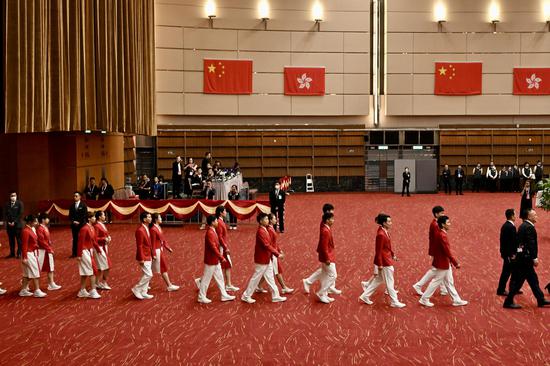




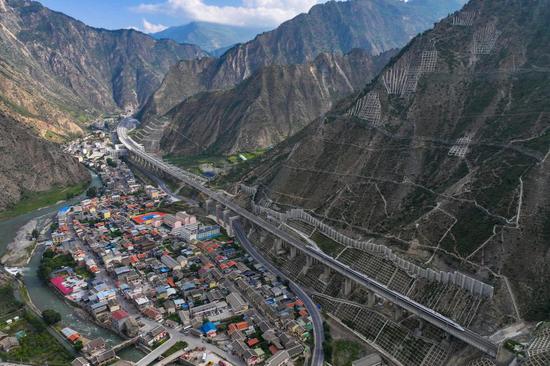
























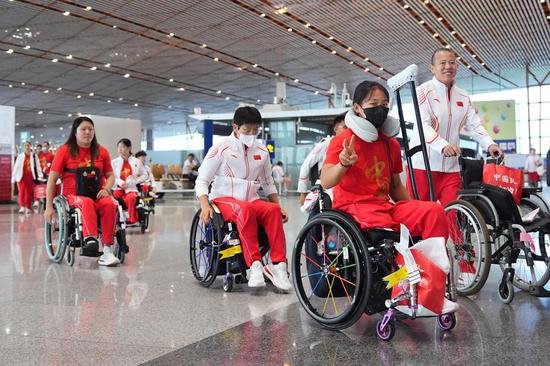

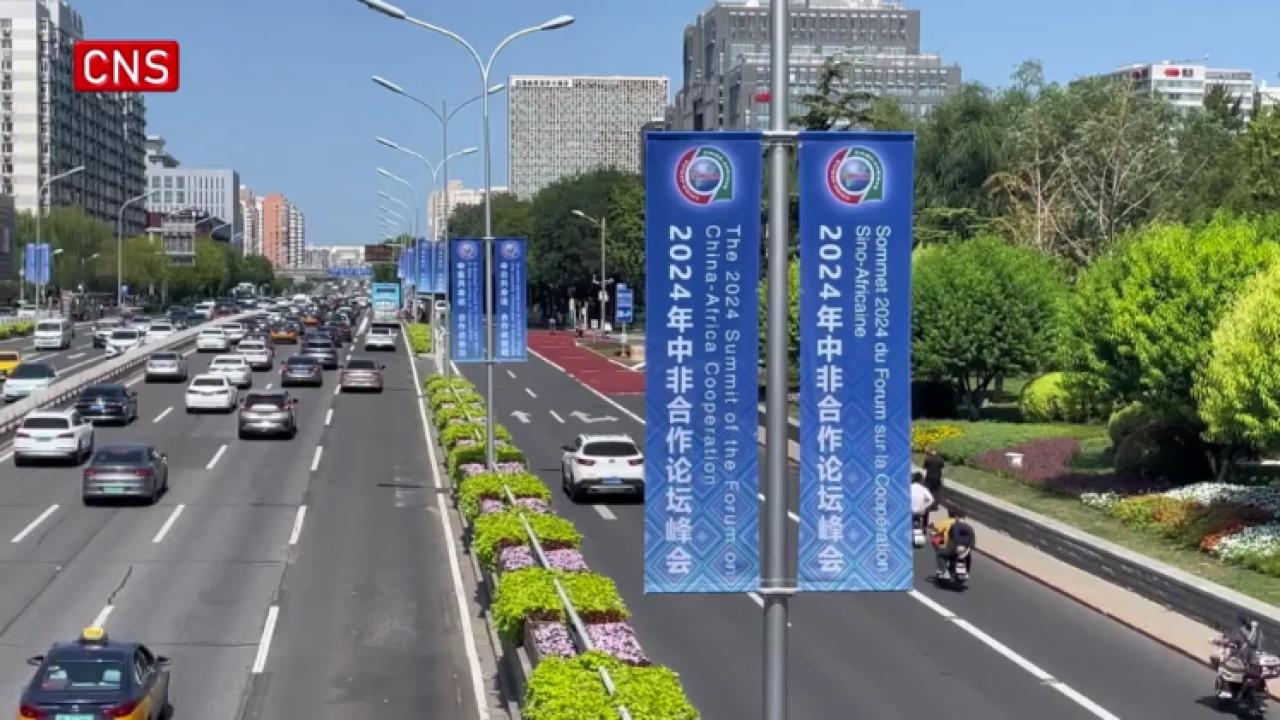



 京公网安备 11010202009201号
京公网安备 11010202009201号